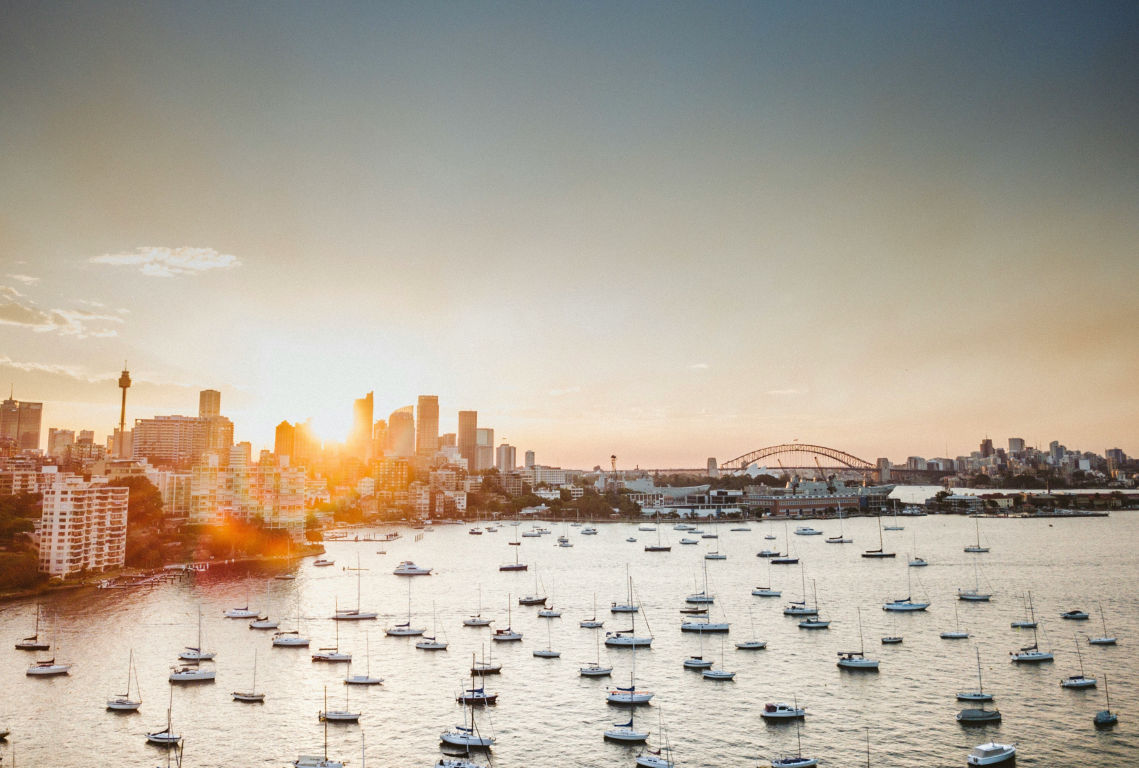
State of the Market: Sydney
Last week was the Corenet Global State of the CRE market panel for Sydney with panellists Sarah Brown of CBRE and Dominic Brown of Cushman & Wakefield. It was a privilege to moderate the discussion on the Sydney office market and the trends affecting occupiers.
The mood in the Sydney CRE world is positive but not as upbeat as Brisbane was the other week. A guest reminded me after the panel that life in Brisbane is easier than it is in Sydney. Perhaps the difference in the mood is only due to the harder knocks of a bigger city.
It’s also a factor of being the biggest office market in the country (now only just ahead of Melbourne by about 1 A Grade office building), the most expensive office rents (scarily double the other office markets) and still the home to so many global corporate branch offices. And that is why the things that stood out during and after the panel are so different.
With this tenancy mix and the number of HQ’s and super tenants, office space utilisation rates are decreasing. The market’s dynamics and increased corporate cost consciousness mean corporates are taking less office space since Covid. This is emphasised by the absorption rates since January 2020 below.
WFH was mentioned a couple of times, and we didn’t hear the terms “remote” or “hybrid” at all.
Government tenancies were not part of the conversation either. Even though the government sector obviously occupies lots of space, the market is dominated by financial institutions and tech companies; the 2 sectors most prone to the structural change underway.
The flight to quality has become the flight to value but also, flight to amenity and two new ones; flight to character and flight to appropriateness. Defining quality is an ongoing discussion but the word “flight” may be the one to watch.
The general statistics for the Sydney CBD office market according to the PCA are:
- Stock 5,219,293 m2 or just over 19% of the total Australian Office market
- Vacancy is 12.2% of which only 1.4% is sublease
- Absorption – 6 month net absorption average in the 5 years to January 2020 was positive 17,006 m2
- Absorption – 6 month net absorption average in the 4 years since January 2020 has been negative 22,222 m2 – note Brisbane has averaged positive 12,120 m2 for a market just under 50% the size
As always, the evening ended with refreshments and enthusiastic chatter about the markets. If you would like to be part of it, come along to the next Sydney one or join us at one of the upcoming events in Perth, Adelaide or Melbourne

No Comments